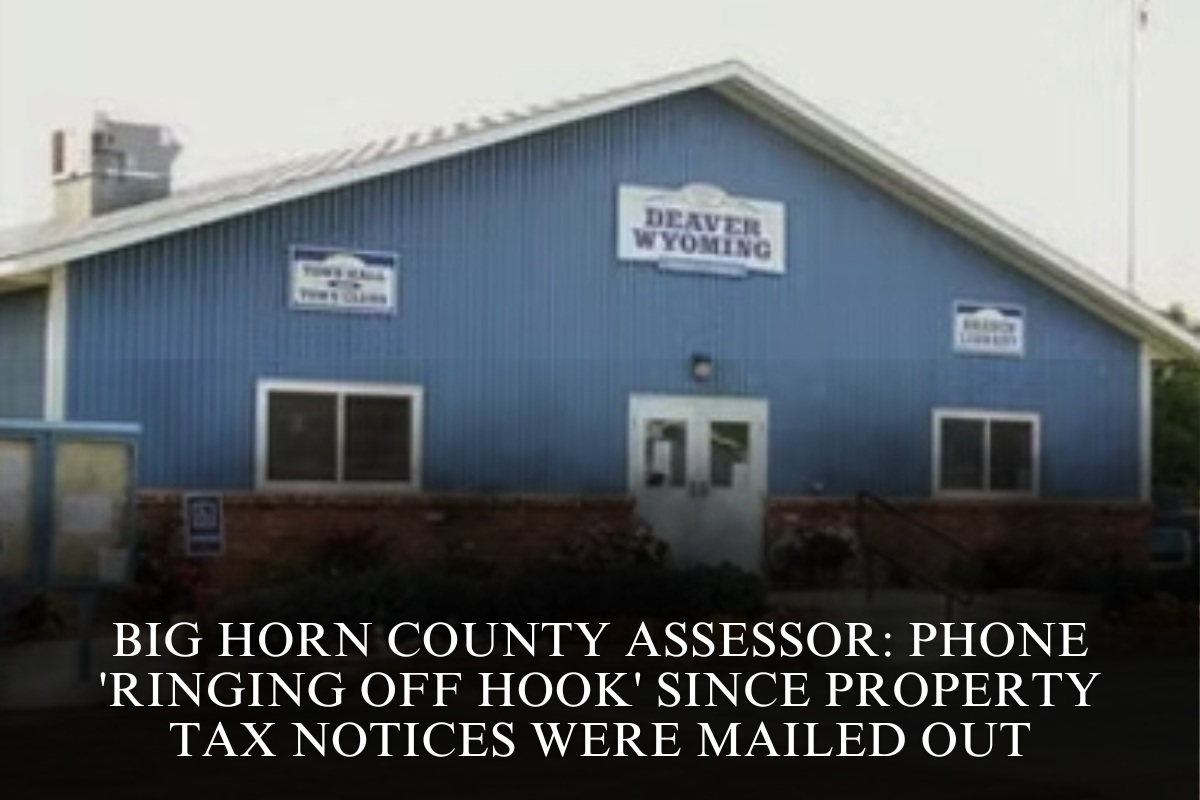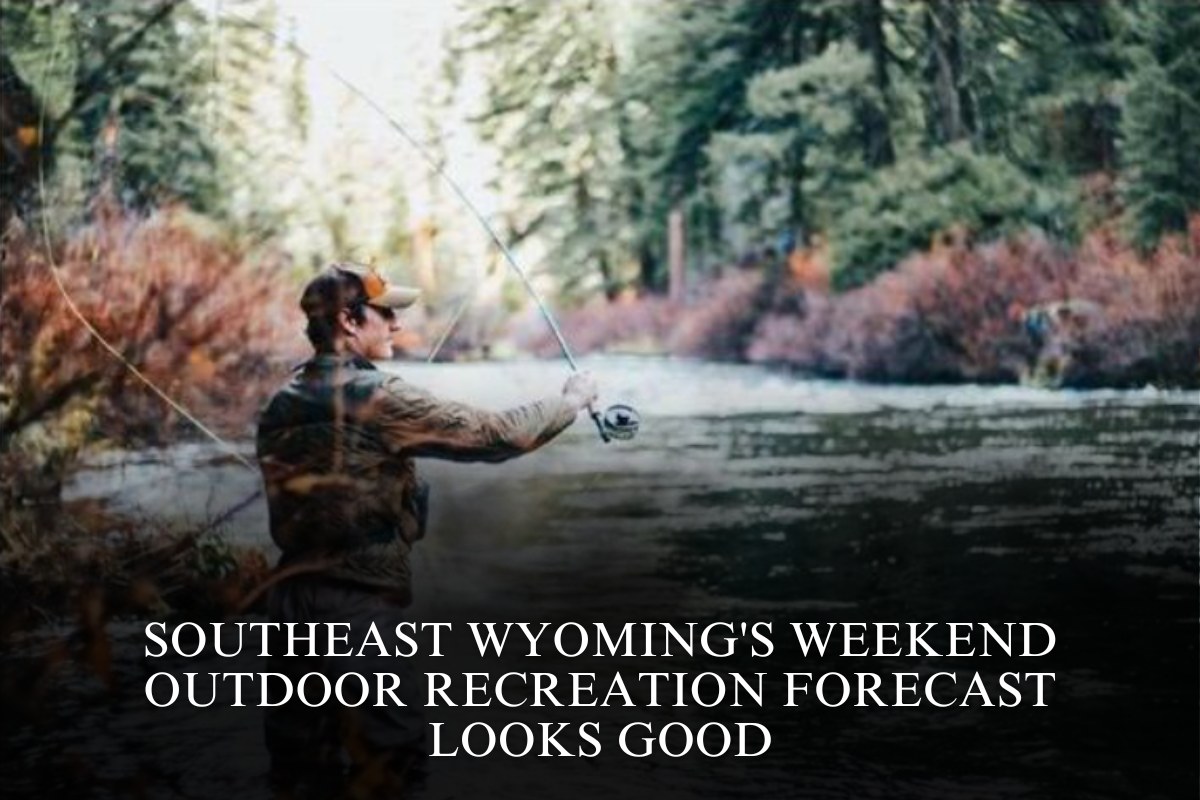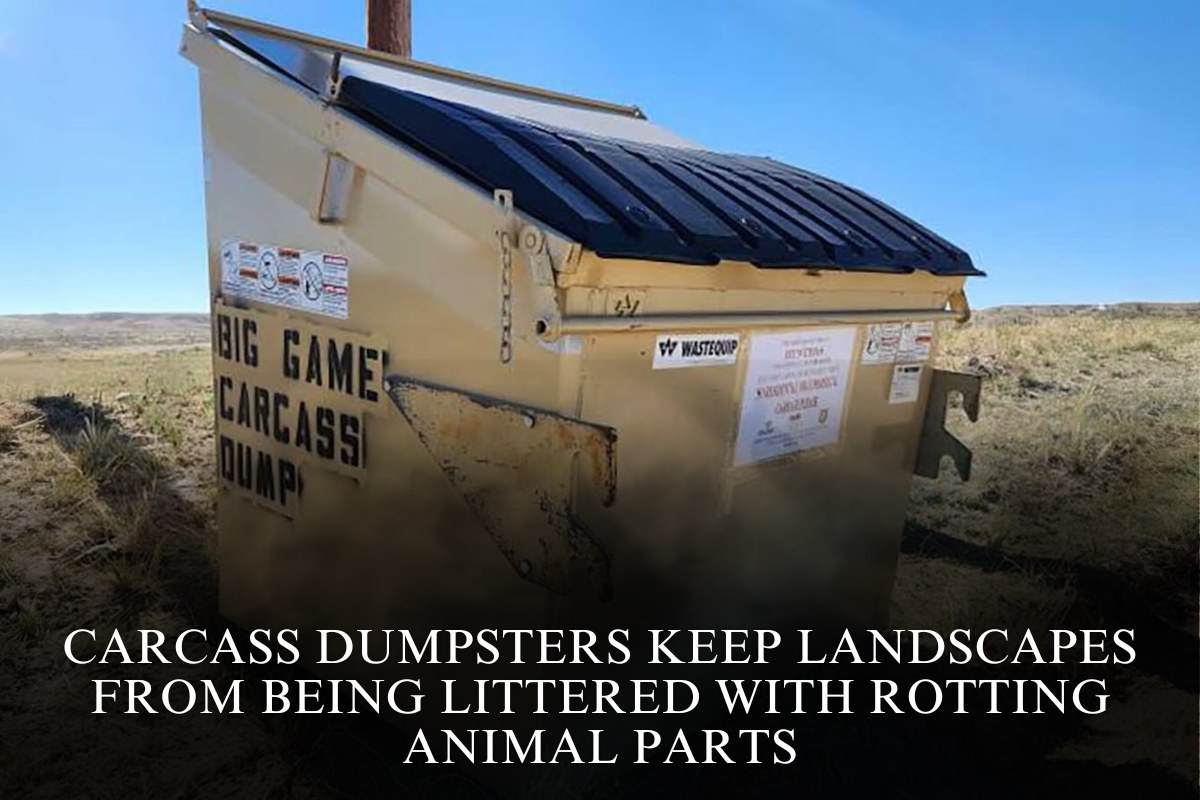A handful of state House representatives in charge of Wyoming’s spending wore red dress coats to their Monday committee meeting in Gillette to signal that the state is on track to run a nearly $700 million deficit over the next five years.
House Appropriations Chair John Bear, R-Gillette, was one of four House Appropriations members who wore bright red dress coats to the Monday meeting.
He described the move as a visual warning of a concerning state budget projection published by the Legislative Service Office (LSO) in April.
Republican Representatives Scott Smith (Lingle), Abby Angelos (Gillette), and Bill Allemand (Casper) all wore red coats on Monday.
Republican Reps. Jeremy Haroldson (Wheatland) and Ken Pendergraft (Sheridan) told Cowboy State Daily they intended to wear them but missed the memo.
Rep. Trey Sherwood of Laramie, the House committee’s only Democrat, did not wear a red coat and made no comment on the situation other than to say, “I don’t own any red because it is my least favorite color.”
Committee members also had bobblehead versions of themselves and “DOGE” Wyoming ball caps, but Allemand and Smith gave these to their fellow committee members as gifts, not as a public statement, according to Pendergraft.
The Projected Deficit
According to the April 2025 long-term revenue-expenditure forecast, Wyoming’s general fund, or main account, is expected to run a $10 million deficit by the 2029-2030 biennium.
And the state’s school foundation program account, which funds public schools, is expected to run a $686 million deficit by the end of the biennium.
The Wyoming Constitution prohibits the state from running a deficit, which means Wyoming would have to cut spending, increase revenues, draw from its $1.58 billion savings account (which is expected to hold $702 million by 2029), or do a combination of the three.
According to Bear, the most important approach is to cut spending, beginning with any fraud, waste, or abuse, followed by ineffective programs and other inefficiencies.
Two former House Appropriations members, one of whom chaired the committee in previous legislatures, cautioned against overlooking the sweeping revenue cuts supported by red coat delegates over the last two years.
Dig In
Bear noted in a text message that Wyoming is “projected to be spending $201 million more than we take in during the next biennium and $696 million in just four years.”
He added that the state’s bond rating from Standard & Poor’s fell from triple-A in 2017 to double-A in 2020.
“We will likely be downgraded again due to this deficit outlook,” Bear wrote in an email. “Our members want to make the citizens of Wyoming aware of this and wearing red blazers on a regular basis reminds us that we are ‘in the red’ and we must do the hard work of addressing this trend.”
The forecast does not take into account the fact that Wyoming lost a court challenge this year against a public-school advocacy group and several school districts, and a judge ordered the state to strengthen some public-school services and reevaluate the K-12 funding system, Bear said.
Wyoming is challenging the ruling in the state Supreme Court.
But these revenue cuts
Rep. Lloyd Larsen, R-Lander, who chaired the House Appropriations Committee in the previous legislature, said recent residential property tax cuts are a major contributor to the projected deficit on the school account side.
“I applaud them for identifying areas where we are overspending. That’s fine, it’s their job, and we expect them to do it,” he said. “But to (act like) they’re the first committee on earth to do that is flawed.”
Larsen cautioned against overlooking the significant reductions in state revenue that Bear and others pushed through this year.
For example, public schools receive 70% of property taxes, while local governments receive the remainder. Many local leaders, including county commissioners, have criticized a 25% residential property tax cut enacted this year, claiming it will harm important services they provide.
The original bill sought to “backfill” those cuts by drawing from the state’s general fund, but it failed in the state Senate during this year’s winter legislative session.
“The question was, if you are going to reduce property taxes, fine. “If you believe that schools and local governments can handle it,” Larsen stated. “But if not, what are you going to do?”
Residential property taxes fluctuate because they are based on home values. However, LSO estimated in a fiscal note that the school foundation fund would lose $89.5 million per year in 2026 and 2027, for a total of $179 million over the two years.
(That estimate is rough: it was compiled when the bill still proposed a 25% reduction in property taxes based on the first $2 million in residents’ home values, whereas the enacted version reduces property taxes by 25% based on the first $1 million. If some Wyoming homes are worth more than $1 million, the revenue impact will be lower than expected.
In 2024, the legislature also passed a property tax exemption for certain long-term homeowners, as well as a cap on property tax increases.
LSO predicted a $3.78 million hit to the school foundation account from the exemption and described the revenue decrease from the cap as “indeterminable” due to variable factors.
The rush of property tax reform legislation came after a post-COVID housing market surge, when many lawmakers campaigned on the promise of raising property taxes.
Many lawmakers took different approaches, and several bills were passed at the same time.
“We just kept throwing crap against the wall” rather than taking a comprehensive approach, Larsen explained.
The highwayman
Another self-inflicted revenue gouge in 2025, according to Larsen, is a bill that transfers $140 million per biennium from the general fund to the Wyoming Department of Transportation to pay for road construction.
Wyoming’s new school-choice program, which is currently being challenged in court, has also set aside $50 million to fund private and homeschooling programs for students who choose not to attend public school.
The program’s exact monetary impact is unknown — only time will tell how many students left public school to benefit from the $7,000 in annual education stipends offered by the program, and how many were already enrolled in a non-public school setting.
Red coats
Former House Rep. Clark Stith, who represented Rock Springs and served on the appropriations committee in the previous legislature, was blunter than Larsen in his Tuesday interview.
“No one’s going to feel it for a while, but (the school account) is on a long-term downward trajectory because of the residential property tax cut,” he said. “Everything else looks to be pretty much in order.”
The savings account will cushion the blow for the first few years, but the state may be in trouble in four years, according to Stith.
“Yeah, I think the Freedom Caucus members in the House are showing themselves to be redcoats, who are not committed to Wyoming’s schools,” according to Stith. “Well, that’s not a surprise.”
Stith was referring to Bear’s status as a former leader and current member of the Wyoming Freedom Caucus, a group of Republican lawmakers who have primarily sought tax cuts.
In a follow-up text to Cowboy State Daily, Bear stated that not all delegates in red coats are Freedom Caucus members, but he declined to answer a question about which are not.
Giving It Back to the People
In contrast, Bear believes that lowering residential property taxes will stimulate long-term economic growth and benefit the state.
“The truth is that when money is put back into the hands of taxpayers, it is added to our economy and generates revenue for the state/schools over and over,” according to him.
In terms of the school choice program, it’s not much, according to Bear, who estimates that it will cost between $70 million and $80 million in its first few years.
“There is a reason Clark Stith no longer represents the people of (Rock Springs),” Bear stated, referring to Stith’s 2024 primary election defeat. Bear pointed out that property taxes benefit both teachers and school staff. “So we gave a raise to the most important people in public education.”
In the Red
To Pendergraft, state spending is more problematic than revenue cuts. He explained that the red coats are intended to warn people that they will soon be “in the red” due to excessive spending.
“We don’t have a revenue problem,” he replied. “We have a spending problem.”
If he could cut somewhere, Pendergraft said he’d start with the Wyoming Business Council, for which the legislature has budgeted nearly $87 million for the 2024-2025 biennium.
“And every agency I talk to, the first thing they say is, ‘We don’t have enough — we don’t have enough — we need more,'” according to Pendergraft. However, it is time to “get back to the basics (and determine) what the proper role of government,” he added.












